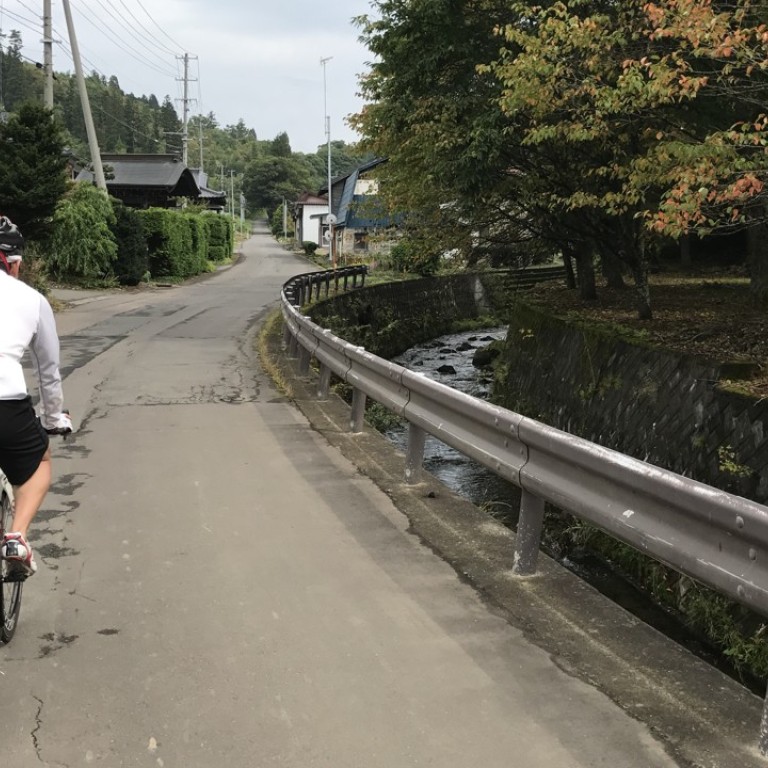
Six tips on long-distance cycling in Japan, learned the hard way: 1,200km from Tokyo to Sapporo
Typhoons, truck drivers and, most of all, tiredness all threatened to derail the efforts of three adventurers on their seven-day bike across Japan, but they lived to tell the tale. Here is their advice for others considering similar journeys
I can see it, no more than three metres away: a furry, rusty brown face with a white chin and throat, topped with oval eyes. A Japanese red fox.
Am I imagining it, or did it wink at me, before vanishing into the underbrush?
The best things to do on a Tokyo Haneda layover, from sushi and shopping to the Shibuya crossing
Kitsune, as the animal is called in Japan, is a wise, powerful and mischievous presence in local lore. The most common tale says vixens can shift their shape into maidens to marry humans, and bear them children. Right about now, exhaustion is making me particularly vulnerable to the wiles of vixens and cute furry animals.
For the past six days and eight hours, I have spent almost every waking hour crouched on a bicycle: leaning forward, arms extended in front, with my body’s weight spread between my forearms and my seat while my legs pedal away.
Known as an aero position, this is the best way to cut resistance and punch a hole through the air. I steer with my elbows, watching for potholes ahead, using my periphery vision to scan for oncoming traffic.
I should ride behind another cyclist, hiding in their slipstream to conserve energy – a practice called drafting that is banned in races, but vital for an endeavour like this. But it has been a really long ride, and the three of us on this trip are spread out hundreds of metres apart, too far to form a paceline.
My friend Jeremy and I – two triathletes who have been a year out of regular training – are on a weeklong ride from Tokyo to Sapporo. We naively thought it a good idea to get on this 1,200 kilometre challenge to regain our mojo and lose some girth while we were at it.

The truth is neither of us had ever ridden more than 180 kilometres in a single day, let alone cover almost that distance every day for seven days. To raise the stakes, we brought our triathlon bicycles – marvels of precision engineering and speed – one of the most inappropriate pieces of gear to use, as we soon discover that they are not built for long-distance comfort. Andrew, a Hong Kong banker and the third cyclist among us, astutely brought his road bicycle.
Our journey began in Tokyo at the crack of dawn on a rainy Sunday a week earlier. A typhoon brushing the Japanese mainland brought rain, but the three of us – all men way past the age of common sense – decided to press on and outride the typhoon.
Six great places to visit on a Japan Rail pass this autumn or any time
Accompanied by a support van stocked with food, drinks, medical gear, a resident mechanic and a spare bicycle, we charted a northerly course.
It did not take long for the typhoon to catch up, cutting short our first day of riding with a torrential downpour. Then for the next two days we were stuck on National Route 4, Japan’s longest transport artery, where as many as 300,000 vehicles join its 744-kilometre route every hour.

Suffice to say that riding on such a road is an unpleasant, unnerving and downright foolhardy experience, even if most drivers cut us a wide berth and would slow down on approach. The trip organisers lose major points for assigning 60 per cent of our total distance to this road.
Barely out of Ichinoseki on the third day, I am hurtling downhill at 55 kilometres an hour when a truck speeds past me on the descent, pulling me into its slipstream. For a split second, I’m airborne. It takes all the heft of a very large lunch to stay on the road and maintain control.
So we stage a mutiny, using our GPS devices to find byways and country roads that veer off from Route 4. This would add 10 per cent to the total distance, but reward us with much better views of Japan’s autumn and even a glimpse of a mountain hawk-eagle.
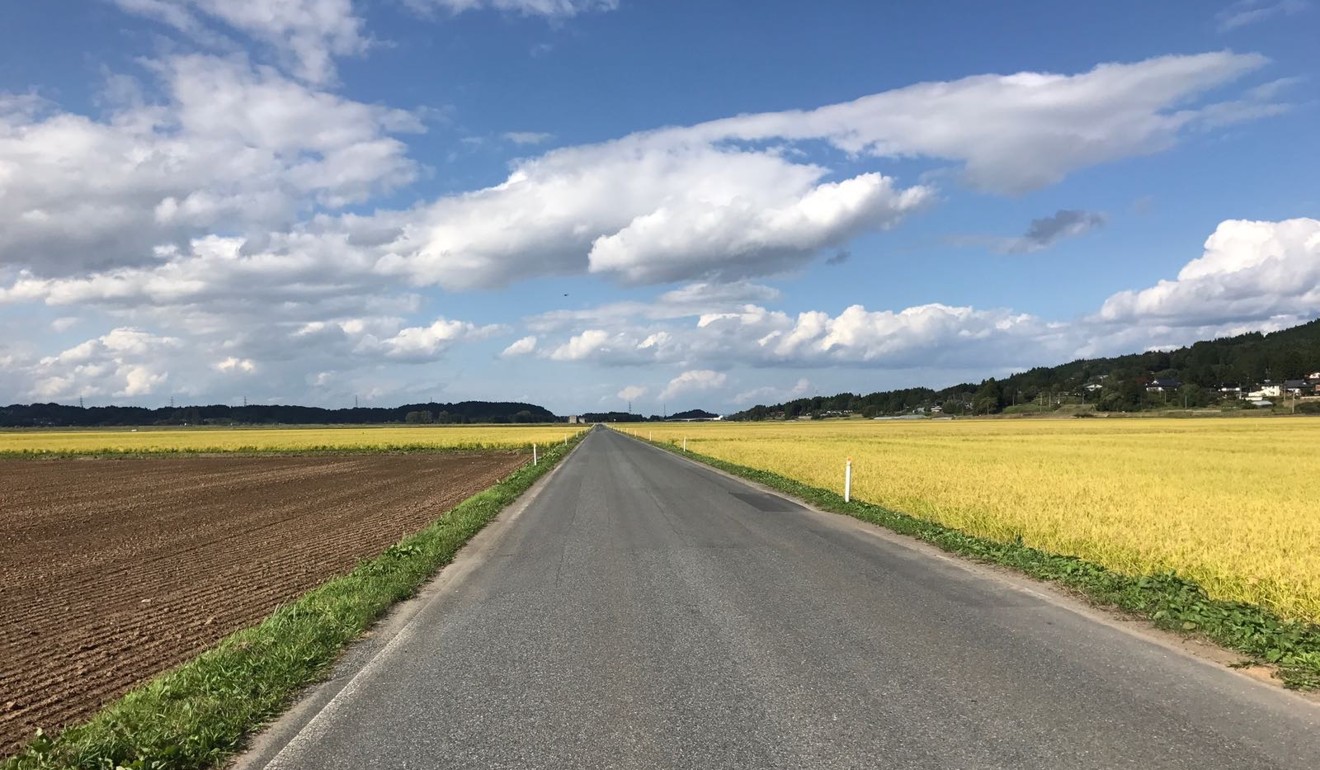
The most beautiful part of the ride is the dash to the ferry terminal to cross the Tsugaru Strait to reach Hokkaido on day five. We follow the coastline first, with the dark blue Mutsu Bay lapping on our left, then cross over a peninsula until the Pacific Ocean crashes upon the shores to our right.
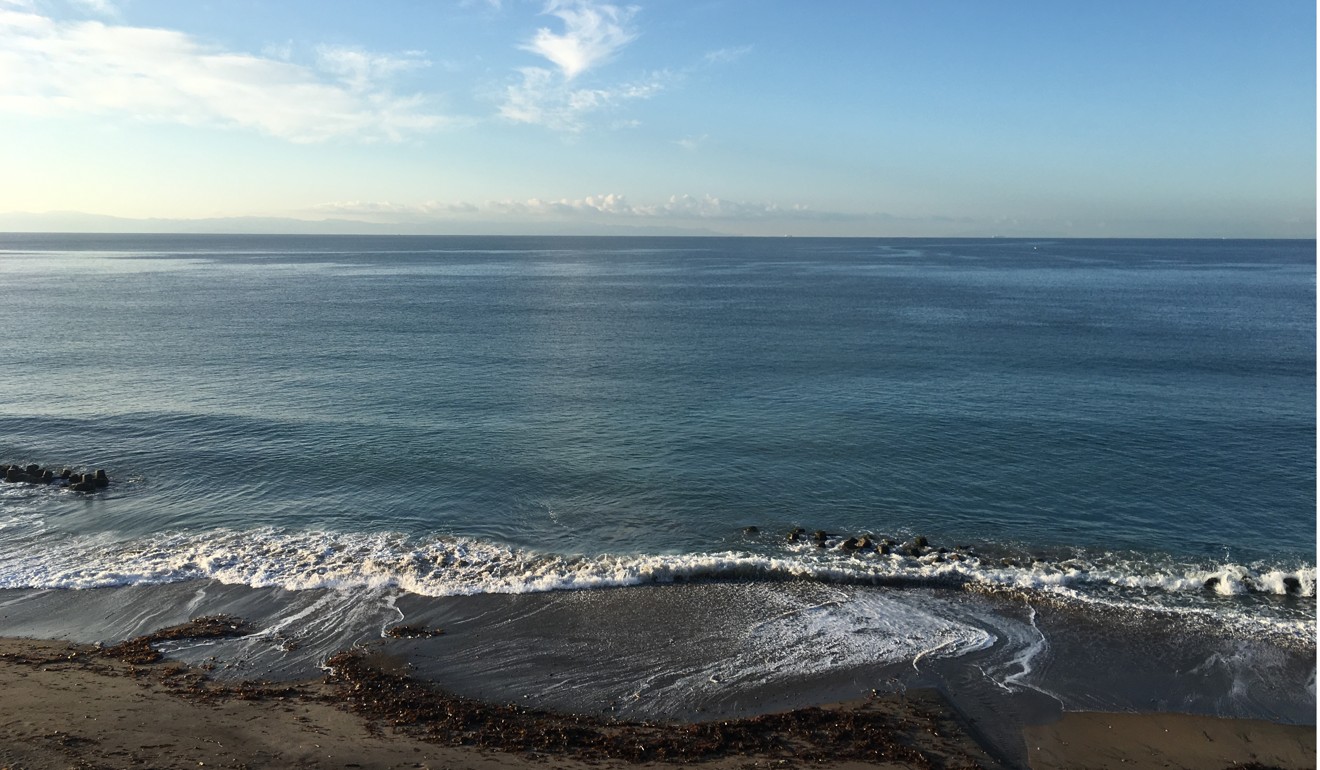
Hakodate is the main step-off point on Hokkaido. A hearty, nine-course feast of snow crabs, or zuwaigani, is mandatory here. We have been tasting local delicacies at every stop: gigantic scallops cooked three ways in Noheji, grilled beef tongue in Morioka, and incredible ramen in a broth of pork bones and seafood in Ichinoseki.
Autumn arrives early in northern Japan, and the countryside of firs, pines and poplars is a magnificent vista of ochre, gold and pale green, with dashes of scarlet. The sky is clear, and passers-by are generous with their bows and smiles.
Alongside orchards, vegetables and fruits lie untended on tables, where honesty boxes sit for customers to leave money for each packet of produce. We cross clear streams, where the occasional angler stands knee-deep in the water. Sightings of wildlife are more frequent now, as are road signs warning of crossings by deer, foxes and even bears.
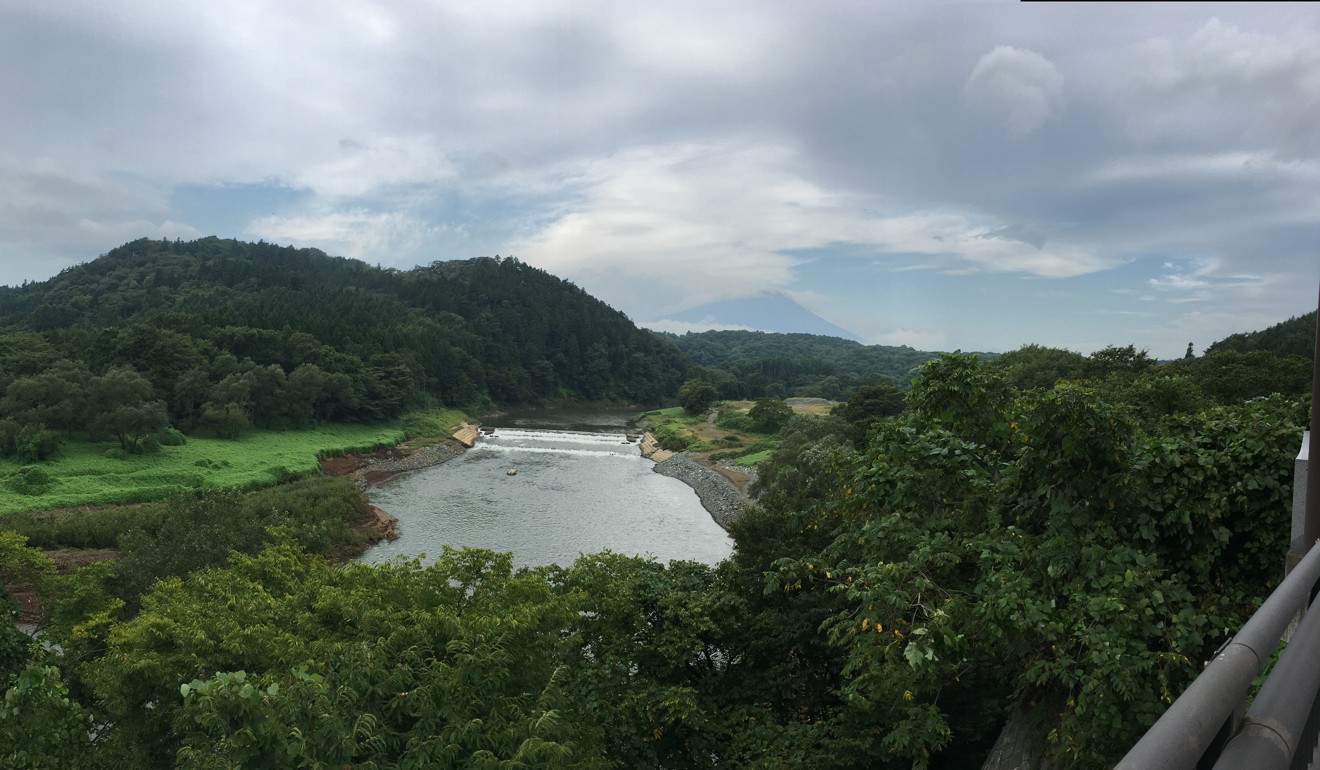
At the foot of Mount Komagatake along the highway is a large sign in a single-shop building that boldly declares Tamura’s Bakery as creator of the “finest tasting bread”. Wafts of buttery fragrances beckon us in. Inside, we find Shingo Tamura, and his mother, who invite us to try the blueberry doughnut, fresh out of the oven – a square packet of complete, home-grown blueberries dipped in a light syrup of Hokkaido honey, wrapped in filo pastry.
Jeremy tries a sweet pastry filled with vanilla custard, and declares it the best he has ever tasted. Neither of us drink water for the next 10 kilometres, keen to savour the little serendipitous treat we have just tasted.
Now, 120 kilometres into the sixth day, we still have another 45 kilometres to cover before the autumn sun vanishes behind the mountains and the battery runs out on my GPS device. My neck is sore from straining to peer ahead from a crouched position, while the burning sensation between my shoulder blades is turning into spasms. My palms are numb from gripping the handle bar too hard for too long, and I may have lost the ability to move my fingers. If the kitsune doesn’t lead me astray and I make it safely to Toyako, a town on the shores of a volcanic crater lake, there is another 160 kilometres to go tomorrow before we reach Sapporo.

It is probably fitting that a journey that began in the rain ends in a downpour. Inclement weather is forecast for tomorrow, when we are supposed to ride through forested mountains, tracing a route like the infinity sign as we follow the shores of two lakes. Already a kilogram lighter and two shades darker, I will ride as far as the weather allows.
We will clock some 1,198 kilometres in total, including wrong turns and off-course escapes – a dozen times my usual race distance, enough to retire my bike from active service.
Toward the journey’s end, our resident mechanic tells us that the Japanese side of his heritage hails from Kumamoto in southern Japan, which, he adds, is the nation’s ramen capital. Sounds like another riding trip in the making – but next time with another bicycle.
Lessons learned from a long-distance cycling tour:
1. No portable music
“If you bring Michael Jackson on your ride, he could end up taking you with him,” my first cycling coach told me. Any responsible organiser will ban headphones on a ride, but it bears repeating. Not only must you hear traffic approaching from the rear, you must also listen to every creak, rattle or clunk on your bicycle, which foretell trouble.
2. Save your phone battery
Switch your smartphone to low-battery mode and switch off social media notifications and news alerts. Use it only as a GPS navigation tool. Rent a portable Wi-fi device at the airport when you land, and bring it with you.
3. Avoid motorways
Highway riding is not only boring, but dangerous, particularly when you are hurtling down a 10-degree slope at 55km per hour with a trailer truck trying to overtake you.
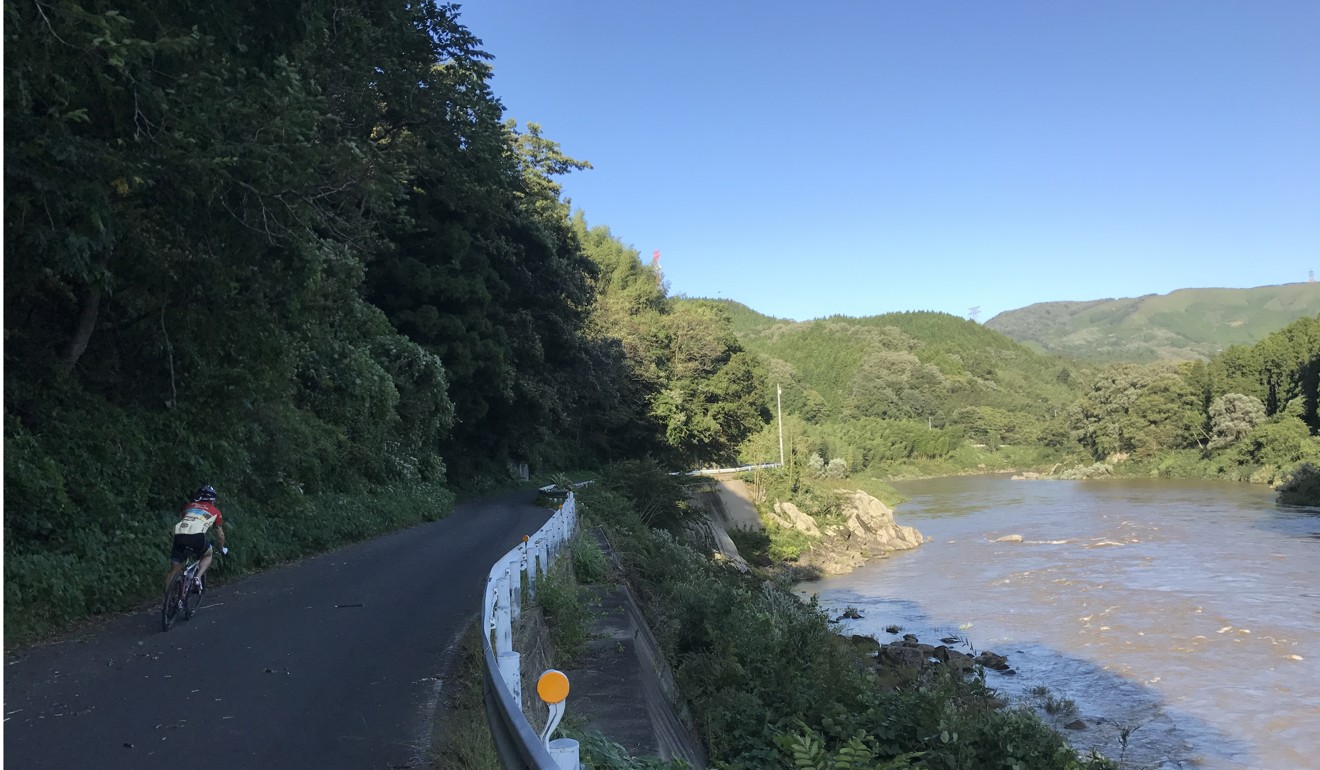
4. Bring cashless cards
Between them, 7-Eleven, FamilyMart and Lawson operate close to 90,000 convenience stores in Japan. They can be counted on to appear anywhere with more than 500 people. You will find a clean toilet, hot food, fresh brewed coffee and cold drinks. Major credit cards are accepted, but there is no Alipay or WeChat Pay except in the biggest cities. Suica, the Japanese equivalent of the Octopus card, is a good alternative.
5. Bring support
If you can, get a support vehicle to follow you. Your bicycle needs the attention of a trained mechanic every day after a long ride. Considering the distance and stress on the bicycle, there will be plenty of breakdowns and repairs.
Seven of the best cycling gadgets to keep you safe, streamlined and switched on
6. Choose the right bike
Triathlon bikes are built for speed, allowing for a very forward-leaning posture to minimise onward air resistance. This posture works for single-day journeys of up to 180km, but for longer rides spread over several days it will take its toll. Opt instead for a normal road bicycle or a race bicycle with bent handlebars, allowing for a more natural sitting position.

